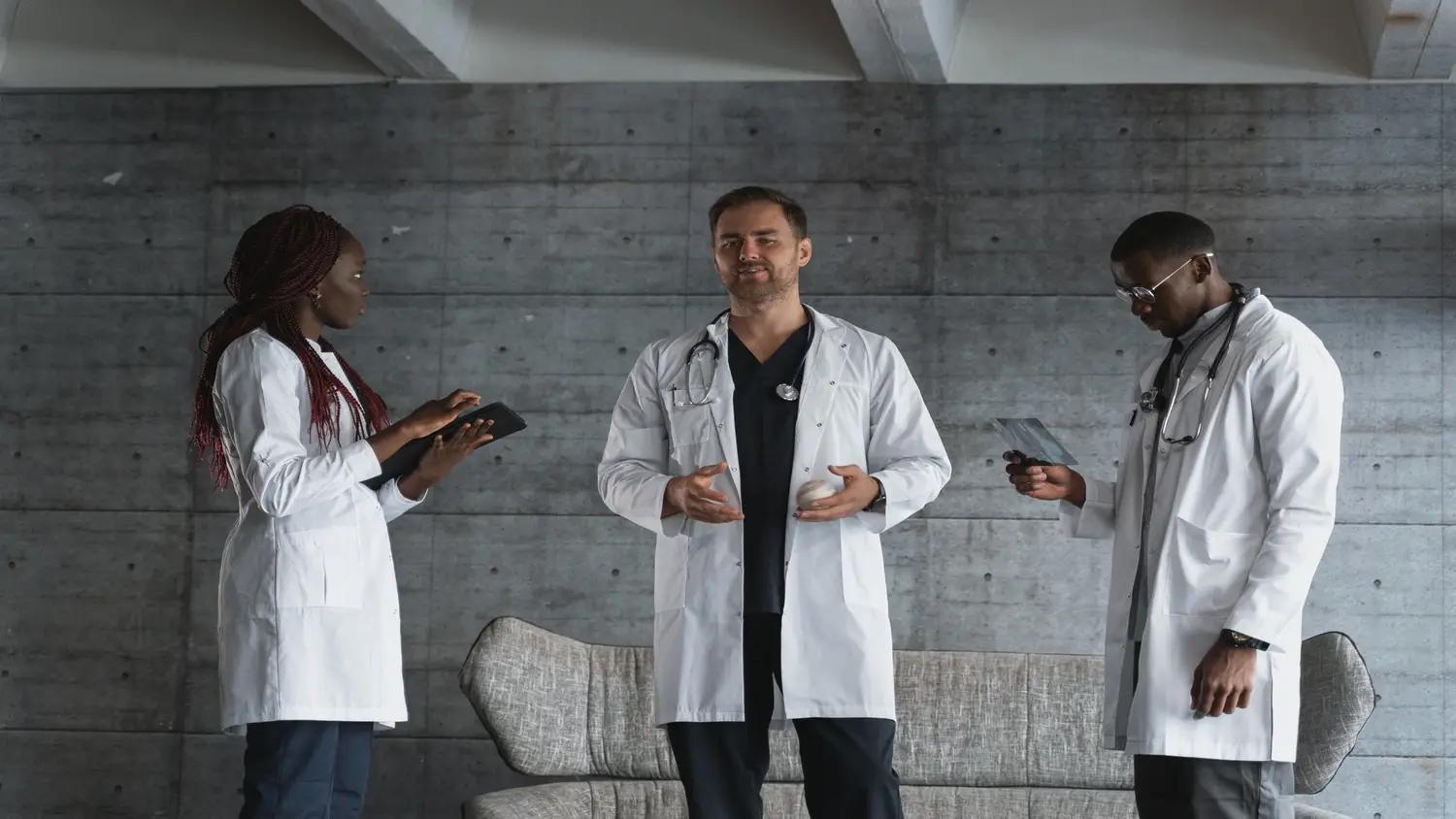
Neural Mobilization: Examination & Intervention Strategies (Nov 09 - 10, 2024)
 hosted byRehab Education
hosted byRehab EducationNeural Mobilization: Examination & Intervention Strategies is organized by Rehab Education and will be held from Nov 09 - 10, 2024 at Somerset, New Jersey, United States of America.
Description:
The concept of restricted neural dynamics is not new, however its impact on our Neural Mobilization patients’ daily activities and movement tolerance is often overlooked during the examination and treatment of our patients. This course covers concepts for examination and quantifying restricted neural dynamics and intervention strategies to address the dura, nerve bed, and peripheral nerves.
Included is a critical review of the most up-to-date literature in peer-reviewed journals regarding the use of neural mobilization as an examination and treatment technique. This course is appropriate for physical therapists, occupational therapists, and athletic trainers; both assessment and treatment concepts will be covered to aid in the care of their patients. This course includes laboratory sessions in which participants will practice neural mobilization and examination techniques.
Participants are encouraged to wear loose, comfortable clothing. Shorts are recommended as well as halter or swim suit tops for women in order to allow for proper practice of techniques.
Course Prerequisite: EB abstracts will be emailed to participants prior to the course.
During hands-on lab sessions, the course instructor(s) will evaluate each participant’s techniques/skills learned to determine proficiency for course completion. If 3/5 criteria are not attained the instructor will work with the attendee until all the criteria is met. Post test at end of course will be used as a tool to review answers and rationale, ensuring attendees have gained all content knowledge.
Objectives:
By the end of this course, participants will:
• Identify the 3 components of the brachial plexus
• Describe 3 possible pathologies of the nervous system as covered in this course
• Identify 3 symptoms of brachial plexopathy of the upper quadrant
• Following the course and given 3 case scenarios the participant will match all appropriate testing of the UE using novel neural mobility grading scales (0-5) for biasing the Brachial Plexus, Radial, Median and Ulnar nerves
• Apply 3 basic treatment techniques based on results obtained from neural mobility testing of the upper extremity for a patient with lateral epicondylagia.
• Apply 2 basic treatment techniques based on results obtained from neural mobility of the LE with metric measurements (of the hip or knee) using: the Straight Leg Raise with biasing of the Tibial and Fibular nerves, Prone Knee bend with biasing of the Femoral and Saphenous nerves for a given case study.
• Apply the concept of structural differentiation as referenced in the literature to determine neural vs non-neural tissue movement restrictions of the UE through joint positioning, palpation and symptom behavior
• Apply the concept of structural differentiation as referenced in the literature to determine neural vs non-neural tissue movement restrictions of the LE through joint positioning, palpation and symptom behavior
• Design a comprehensive intervention plan including exercises, manual techniques and home exercises based on exam results from a given case study








